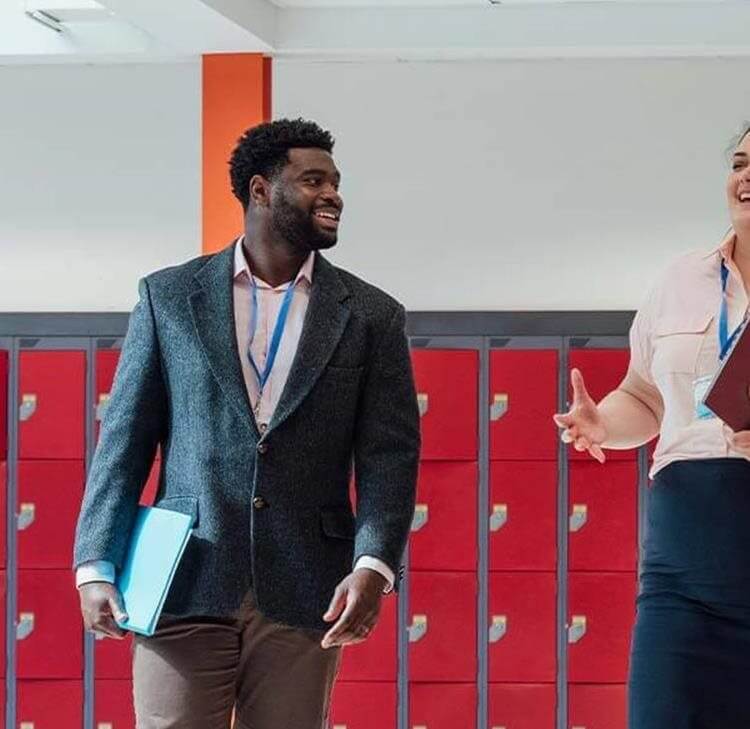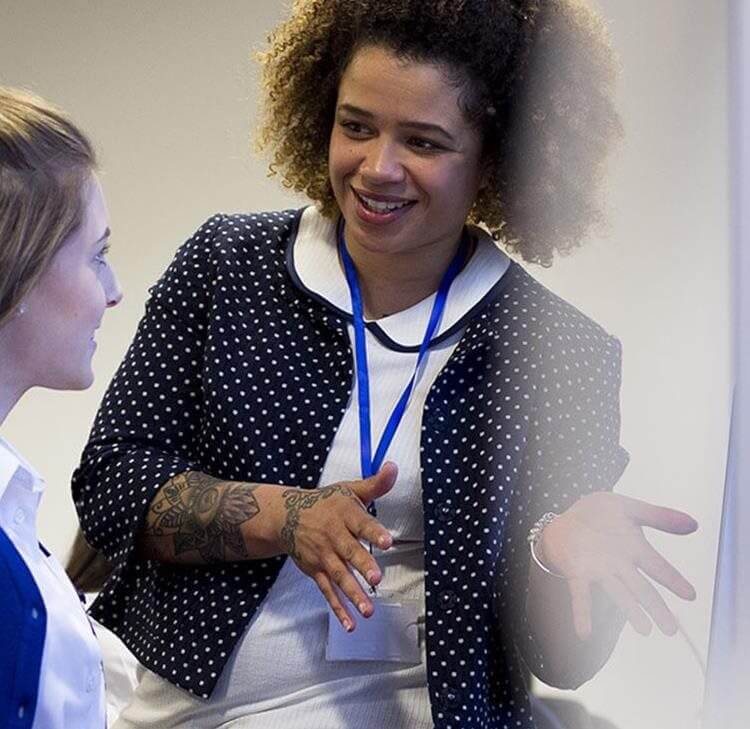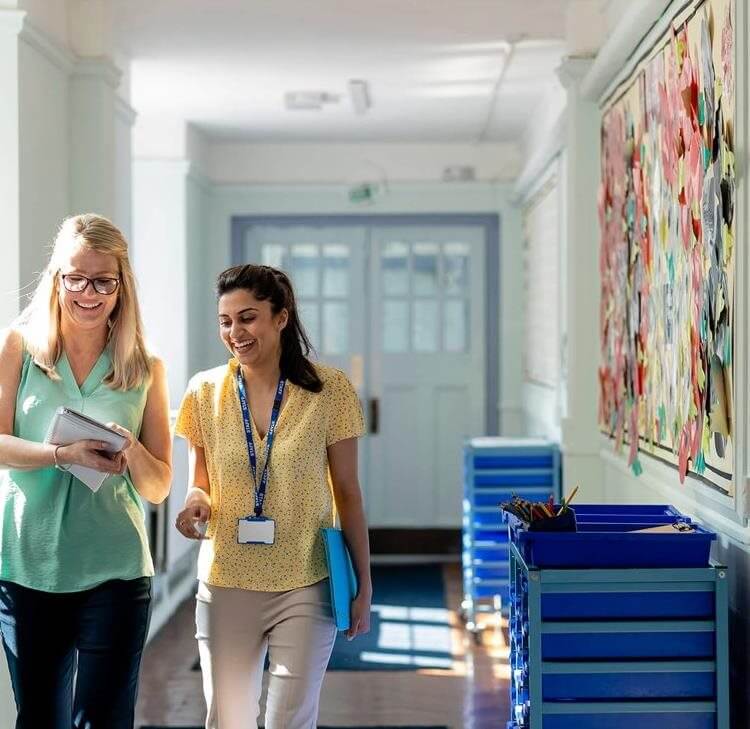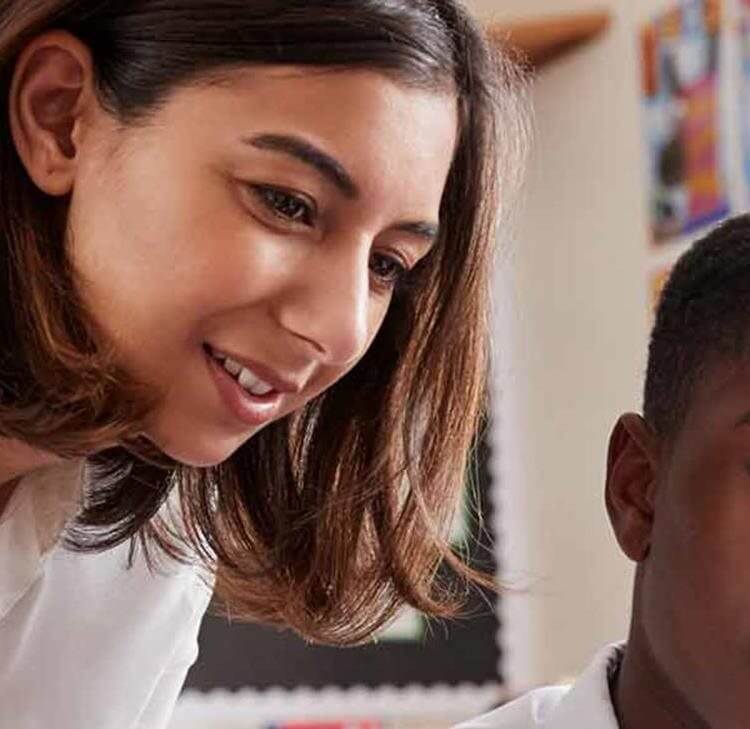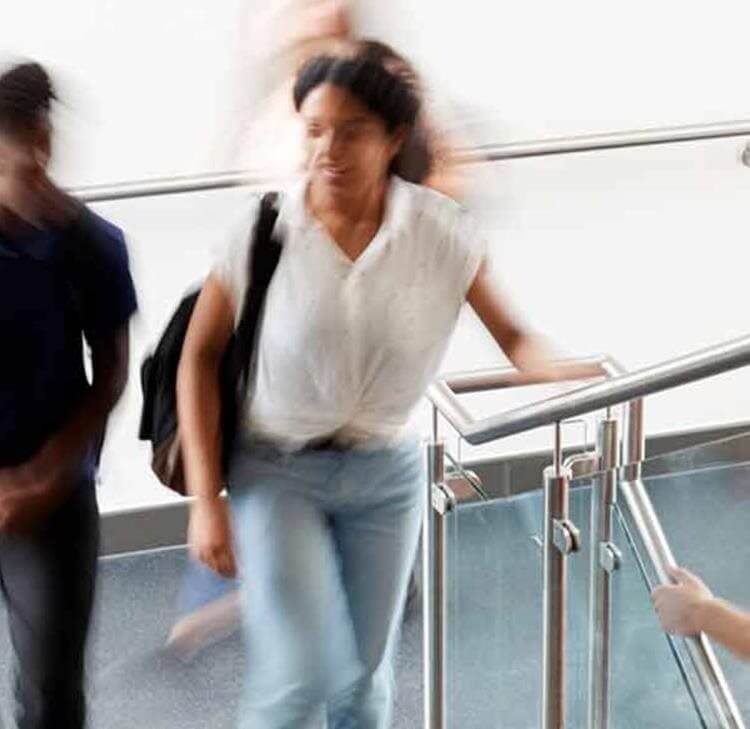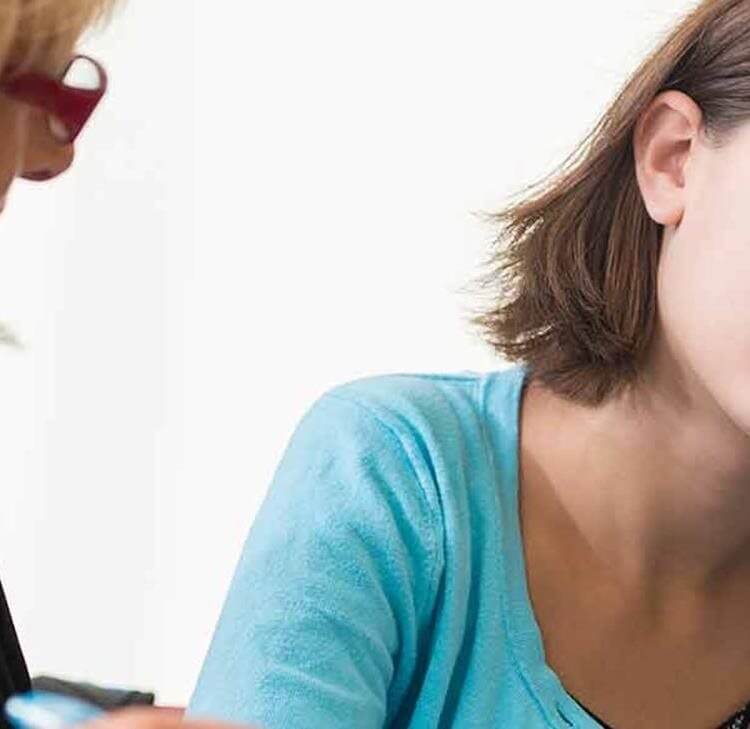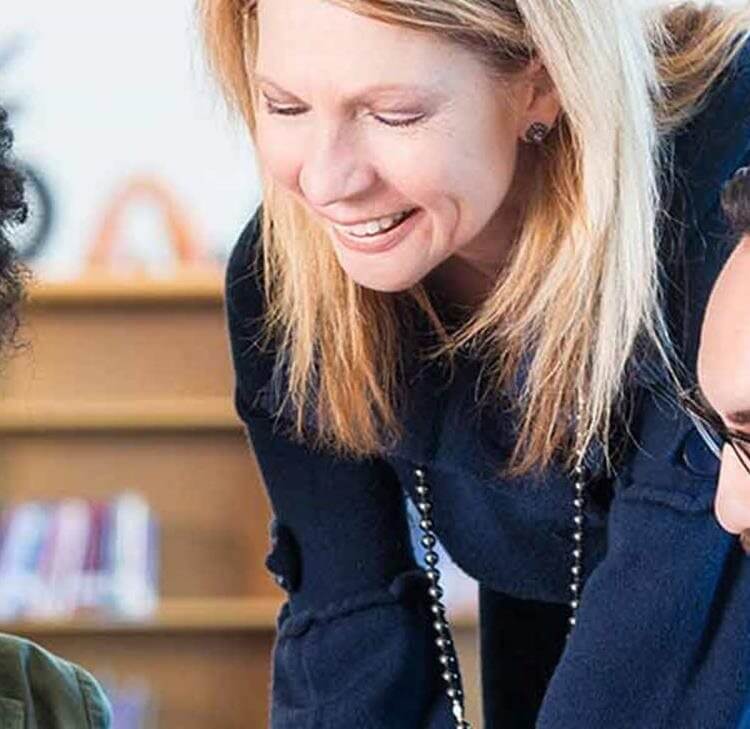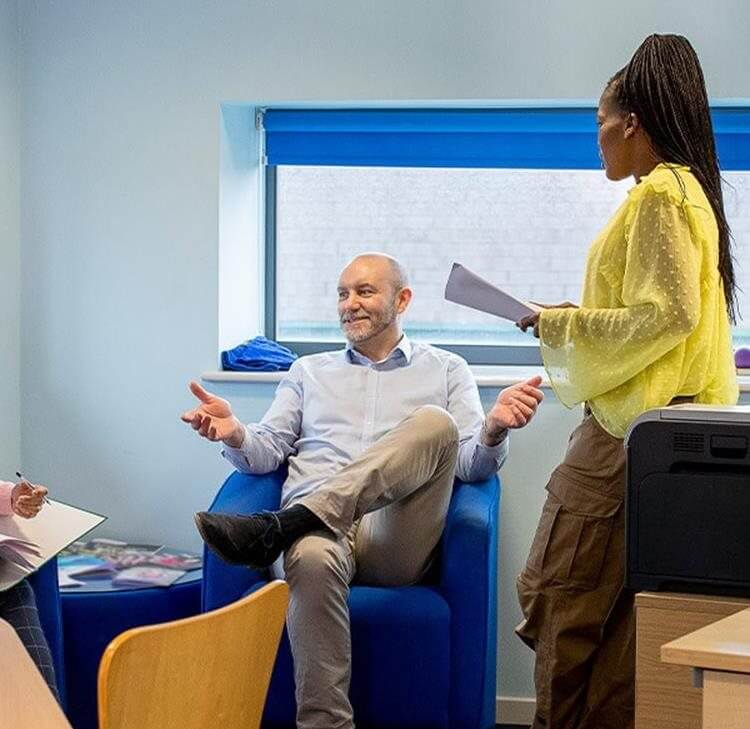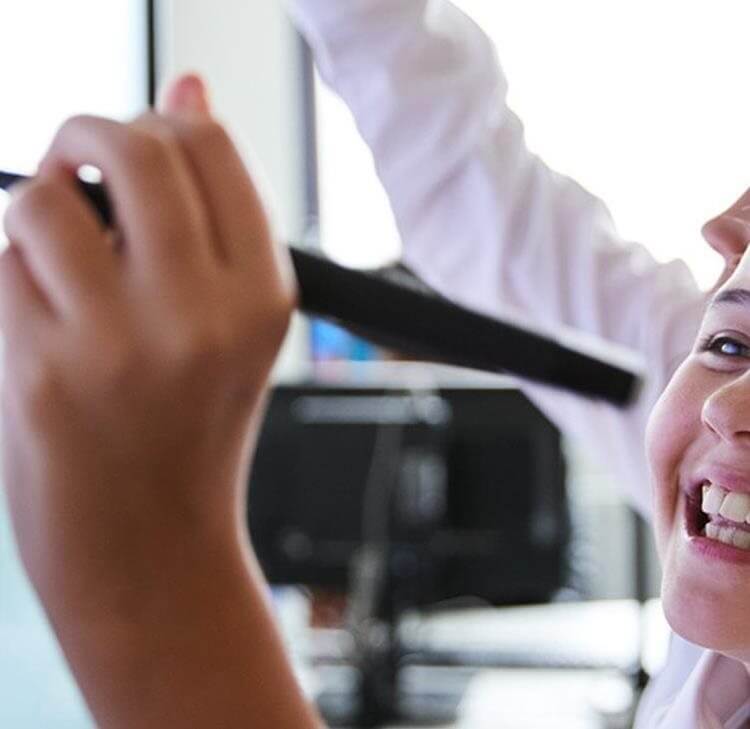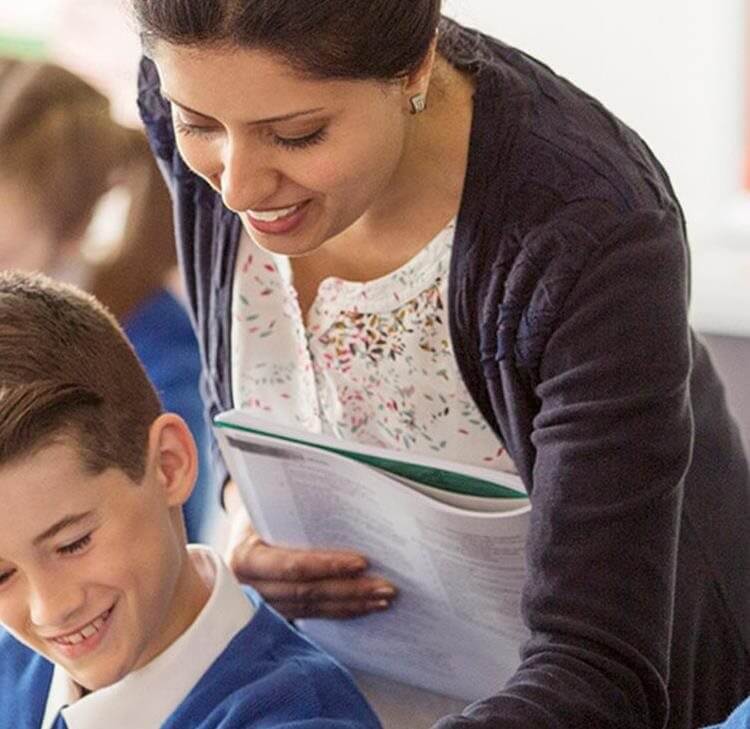First published on Headteacher Update.
Safeguarding children in educational settings is paramount to ensure they learn in a safe and secure environment, but research shows many schools find it challenging to recruit relevant skills.
Vicky Wilson, Senior Associate at Browne Jacobson, explores the multifaceted approach to safeguarding, focusing on the importance of supervision for those with leading roles for safeguarding in the sector.
Schools should aim to have exemplary safeguarding practices, but one of the biggest challenges is equipping themselves with the right skillsets.
Two-thirds of school leaders say they have experienced some challenges when recruiting staff with safeguarding expertise, according to Browne Jacobson’s latest School Leaders Survey.
Therefore, schools need to consider how to ensure candidates feel they will be suitably supported in these roles, which will in turn enhance safeguarding frameworks. Broadly, this should involve:
- Effective and meaningful supervision for designated safeguarding leads (DSLs)
- Comprehensive training for governors and staff
- Rigorous quality assurance processes
- Emphasising the crucial roles of support and challenge
- Collaboration between safeguarding leads.
Together, these elements create a robust safeguarding environment that not only protects, but also empowers both students and staff. Getting there requires a certain level of investment time for staff and some creative thinking.
Designated safeguarding lead supervision
The DSL plays a crucial role in schools, acting as the first point of contact for concerns about children's welfare.
Effective supervision of DSLs is essential to maintain high standards of child protection. This should be regular and supportive, providing an opportunity for DSLs to discuss sensitive cases, reflect on their practice and receive advice on complex issues.
Well-supervised DSLs will benefit from enhanced decision-making skills, and being up to date on the latest safeguarding policies and procedures.
Schools and trusts are developing their own DSL supervision policies and guidance to provide the scaffolding required for effective supervision. Example supervision methods include:
- One-to-one sessions that are pre-arranged with an agenda shared beforehand
- Group safeguarding supervision to encourage communication, problem solving and peer group learning
- Unplanned, ad-hoc sessions that could focus on the DSL as an individual, their performance, work-life balance and personal support.
A combination of the above is likely to be most holistic and effective. The purpose of supervision is to ringfence some protected time to discuss and provide a fresh perspective, review workloads and have an opportunity to offload among a whole raft of other things that relate to the DSL role.
Training for governors and staff
Training and ongoing updating is a cornerstone of effective safeguarding. Governors, trustees and staff should receive regular, up-to-date training on the latest safeguarding issues, legal responsibilities and best practices.
This training should be tailored to the roles and responsibilities of the participants, ensuring that governors and trustees understand their strategic role in safeguarding oversight, while staff are equipped with practical skills to identify and respond to concerns. They should also be trained on when and how information should be shared with other agencies, such as local authorities, social services and the police.
Reflecting on what is required to empower your safeguarding governor or trustee is crucial; this role is a vital component of your safeguarding strategy. To achieve best outcomes, it is worth remembering that governors and trustees can be short on time.
Therefore, ensure training is impactful, updates are succinct and to the point and, most importantly, training and updates are easily accessible to them. The more barriers we put up, the less effective training is likely to be.
To further enhance their effectiveness, consider exploring networking opportunities and coaching courses specifically designed to support and strengthen their capabilities.
These resources can provide the necessary tools and insights for your safeguarding trustee to excel and contribute significantly to your school safeguarding framework.
Quality assurance processes
Quality assurance processes are equally important to ensure that training and safeguarding practices are effective, and that you have evidence of their effectiveness.
Peer reviews, staff surveys and feedback sessions can provide insights into areas for improvement and help maintain high standards of safeguarding across your school or trust.
To get the best from our reviews, start with what you are trying to achieve and why you are carrying out the review. Define the outcomes you are looking for and decide how best to capture the true picture. A review should include an understanding of the safeguarding provision, consistency, and compliance with policies and processes.
A good review forms part of a longer process, rather than being a one-off event. That way, when the review takes place, the strengths and areas of development are already known, and the process feels collaborative and beneficial: ‘done with’, not ‘done to’.
Supporting and challenging safeguarding staff
Supporting and challenging safeguarding staff is vital to ensure they perform their roles effectively. Schools should provide regular professional development opportunities and resources to help safeguarding staff stay informed about best practices and legal changes.
At the same time, safeguarding staff should be held accountable through performance reviews and feedback mechanisms, ensuring they meet the required standards and continuously improve their practices.
Incorporating advice from external specialists can significantly enhance your safeguarding support system. This approach introduces an additional layer of expertise and perspective that is crucial, especially in complex scenarios where specialist knowledge is required.
External specialists, such as consultants in mental health, legal compliance or educational strategies, bring a fresh set of eyes to existing challenges. Their insights can help refine practices, introduce innovative solutions and ensure a school’s safeguarding practices are exemplary.
It is also important that colleagues and governors are sufficiently able and willing to present professional challenge to your DSL in a constructive way, and to work together to achieve the best results.
This approach is vital for fostering an environment of continuous improvement within your safeguarding framework. It is also key from a governance and accountability perspective.
Constructive challenges should support and strengthen practices, focusing on enhancing outcomes rather than creating conflict. By promoting a culture where professional challenge is seen as a growth opportunity, schools can build a stronger, more effective safeguarding team.
Collaboration with safeguarding leads
School leaders should work closely with their safeguarding leads to create a cohesive strategy for child protection.
Depending on the size and locality of your organisation, this may include regular updates on safeguarding issues, joint training sessions, and collaborative reviews of policies and procedures. A unified approach to safeguarding will help to ensure it is robust and effective.
Final thoughts
By empowering your DSLs and safeguarding trustees, nurturing a supportive staff culture, and continuously refreshing training and reviews, schools can establish an effective safeguarding leadership framework that others will want to join.
It’s about teamwork and continuous learning. Looking ahead, schools will need to continue to evolve and adapt, ready to embrace expected future changes to safeguarding guidance in a way that will ensure your safeguarding leadership goes from strength to strength.



